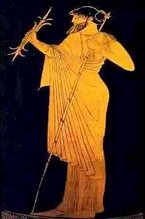
I am continuing to work with my coin lighting and I am also working with what I think looks best in terms of presentation. I think we all will agree the potential buyer of one of our coins would prefer to see photographs that best represent the coin we have in hand.
The dolphin coin you see above was purchased just as you see it and I made the decision to leave the coin intact. A bit of dirt and all. I like what I see including the small flaws and the dirt. There is something esthetically nice about leaving the coin’s character intact. I am asking for feedback. I think this is a good topic for discussion.
If you have an opinion about the photograph or about the topic, please share. Thank you for looking and I must admit I feel I am making progress with my coin photography. Thanks for reading and if my blog is of any interest please bookmark and look in from time to time.. God Bless.. Jerry..
The dolphin coin you see above was purchased just as you see it and I made the decision to leave the coin intact. A bit of dirt and all. I like what I see including the small flaws and the dirt. There is something esthetically nice about leaving the coin’s character intact. I am asking for feedback. I think this is a good topic for discussion.
If you have an opinion about the photograph or about the topic, please share. Thank you for looking and I must admit I feel I am making progress with my coin photography. Thanks for reading and if my blog is of any interest please bookmark and look in from time to time.. God Bless.. Jerry..






